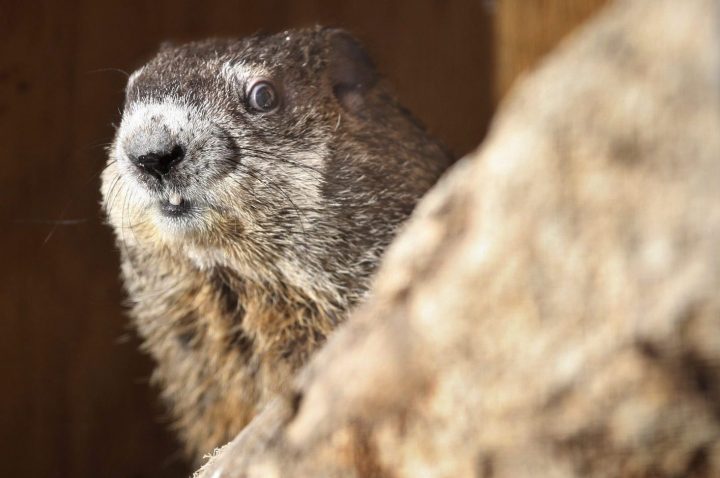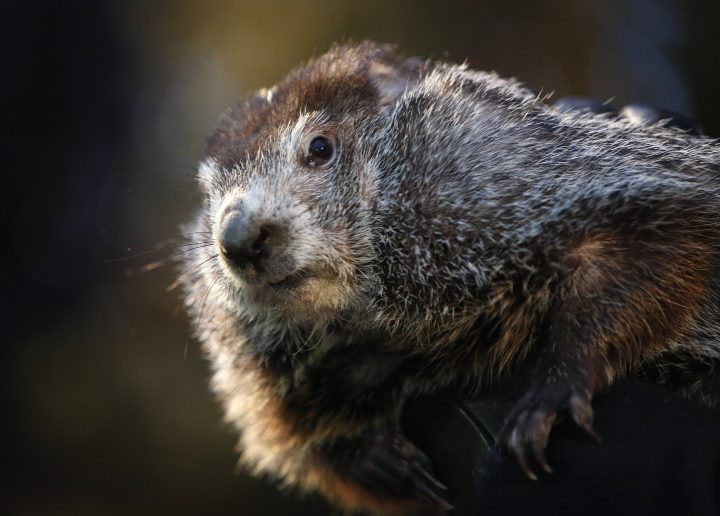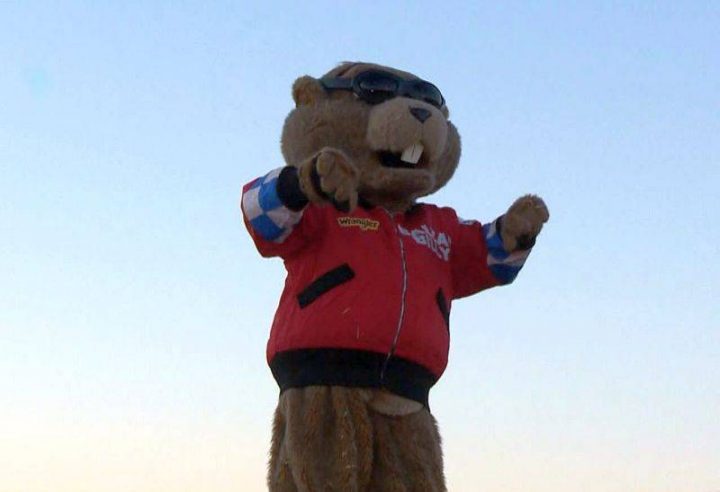Saturday is Feb. 2, a.k.a. Groundhog Day, which means we are now at the midway point of winter.

The groundhog’s verdict
Wiarton Willie didn’t see his shadow in the morning and neither did Balzac Billy. If you’re a believer, that means we are looking at an early spring — I’m okay with that.
How the legend began
Groundhog Day has been celebrated in North America since 1896, according to David Phillips’ book “The Day Niagara Falls Ran Dry.” In it, he wrote, “seven men from Punxsutawney, Pa., climbed a hill called Gobbler’s Nob to cook up a feast of groundhog over an open fire and wash it down with beer.”
It became a tradition with the group and a local newspaper editor dubbed them the Punxsutawney Groundhog Club. He also declared the community to be the weather capital of the world. Fortunately for today’s Punxsutawney Phil, the official furry forecaster for the United States, and Wiarton Willie, who resides in Wiarton, Ont., roast groundhog never caught on.
Now, every Feb. 2, the little fellows are rudely awakened — about six to eight weeks earlier than they would wake up in the wild — all for the amusement of humans who want the cute critters to predict how much more winter weather is ahead.
Legend has it that if they see their shadows, we’ll get six more weeks of winter. If it’s overcast and there aren’t any shadows to be cast, their handlers will make the grand proclamation that we’ll see an early spring.
It should come as no surprise that groundhogs don’t have much success in predicting how much winter we still have ahead of us. In fact, records indicate they’re right about 37 per cent of the time.
Still, Groundhog Day gives people hope, and in Wiarton and Punxsutawney, it’s an opportunity to throw a week-long party.
Festivals have long been a way to lift people’s spirits during winter. After the official ceremonies, handlers put Willie and Phil back into their burrows for a little more shut-eye and when they do eventually awaken — this time from nature cues — they’re not interested in seeing their shadows. The first thing on their minds is finding a mate.
No groundhogs in southern Alberta
Groundhogs, which are woodchucks, can be found in woodlands across Canada and in the eastern United States.
In Alberta, they are limited to Peace River Country and none are known to live in southern Alberta. Without real groundhogs for our prediction, we rely on Balzac Billy, which is a person in a groundhog costume. Calgary radio announcer Jim Kunkel came up with the name Balzac Billy in the late 1970s.
Normal February weather
February is the third coldest month of the year behind January and December, respectively. Calgary’s average high and low temperatures for the month of February are 0 C and -12 C, up from -3 C and -15 C in January.
February temperature records
The coldest temperature ever recorded in Calgary occurred on Feb. 4, 1893 when the mercury bottomed out at -45 C. The warmest February day on record was Feb. 27, 1992 when it was 22.6 C. That was during a very warm winter that was likely due to an El Nino cycle of the El Nino Southern Oscillation (ENSO).
The driest month
February is normally the driest month of the year in Calgary with an average of just 8.8 mm of precipitation including rain and melted snow — that’s a scant two per cent of our yearly total of 412.6 mm. For clarification, records always combine rainfall with the water equivalent from melted snow after it is collected because meteorologists are interested in the water content.




Comments